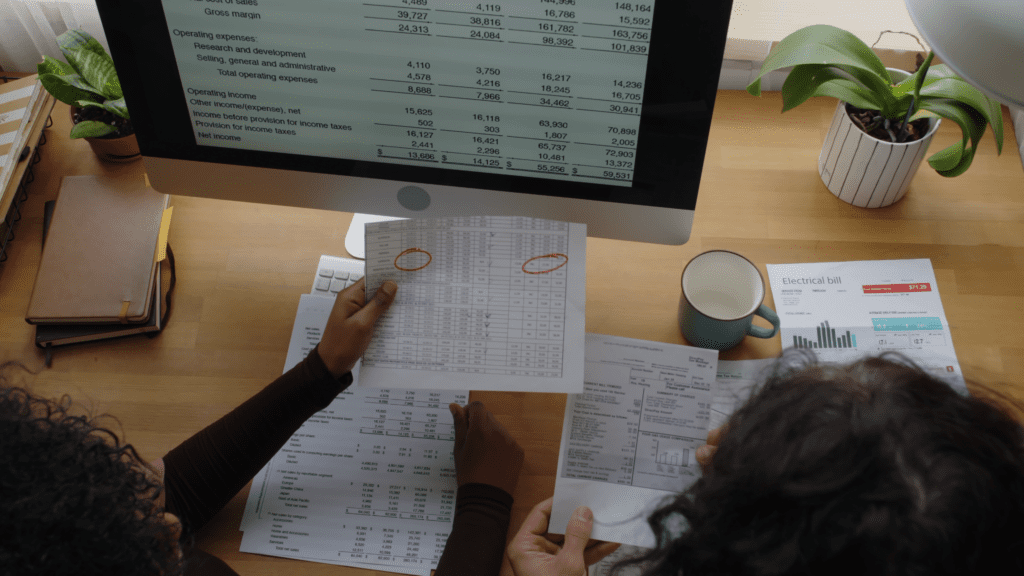
Buying a home is one of the most significant financial decisions for everyone. The process can be both exciting and overwhelming, especially for first-time buyers. To help you navigate this journey, we’ve compiled a comprehensive home-buying checklist that covers everything from budgeting to closing the deal.
- Assess Your Financial Health
Check Your Credit Score:
- Your credit score is critical in determining your mortgage eligibility and interest rates. Obtain your credit report and address any discrepancies or issues.
Save for a Down Payment:
- To avoid private mortgage insurance (PMI), aim for a down payment of 20% of the home’s purchase price. However, some loans require less.
Budget for Closing Costs:
- Closing costs typically range from 2% to 5% of the loan amount. Include these in your budget.
Determine Your Budget:
- Use a mortgage calculator to estimate how much home you can afford based on your income, debt, and down payment.
- Get Pre-Approved for a Mortgage
Shop Around for Lenders:
- Compare rates and terms from multiple lenders to find the best mortgage for your needs.
Get Pre-Approval:
- A pre-approval letter from a lender shows sellers that you are a serious buyer with financing ready, giving you a competitive edge.
- Define Your Needs and Wants
Prioritize Your Requirements:
- List your must-haves (number of bedrooms, location, school district) and nice-to-haves (backyard, garage, extra amenities).
Research Neighborhoods:
- Investigate different areas to find neighborhoods that fit your lifestyle and budget. Consider factors like proximity to work, safety, and community amenities.
- Start House Hunting
Hire a Real Estate Agent:
- An experienced agent can help you find homes that meet your criteria, negotiate offers, and navigate the buying process.
Attend Open Houses:
- Visiting open houses gives you a sense of the market and helps you refine your preferences.
Stay Organized:
- Please keep track of homes you’ve visited, their pros and cons, and your thoughts on each.
- Make an Offer
Decide on Your Offer Price:
- Your real estate agent can help you determine a fair offer based on comparable home sales and market conditions.
Submit an Offer:
- Your agent will prepare and submit the offer, including contingencies such as home inspection and financing.
Negotiate:
- Be prepared for counteroffers and negotiate terms until both parties agree.
- Conduct a Home Inspection
Hire a Professional Inspector:
- A home inspection identifies potential issues with the property. Use the inspection report to negotiate repairs or price reductions if necessary.
- Secure Your Financing
Lock in Your Interest Rate:
- Once your offer is accepted, work with your lender to lock in your mortgage interest rate.
Complete the Loan Application:
- Provide the necessary documentation to your lender to process your mortgage application.
- Prepare for Closing
Review Closing Documents:
- Carefully review all closing documents, including the loan estimate and closing disclosure, to ensure accuracy.
Final Walk-Through:
- Conduct a final walk-through of the property to verify that all agreed-upon repairs have been made and the home is in the expected condition.
Close the Deal:
- Attend the closing meeting to sign the final documents, pay closing costs, and receive the keys to your new home.
Conclusion
Buying a home is a complex process, but with careful planning and organization, it can be a smooth and rewarding experience. Follow this home-buying checklist to stay on track and make informed decisions. Remember, the proper preparation will help you find the perfect home that meets your needs and fits your budget. Happy house hunting!













